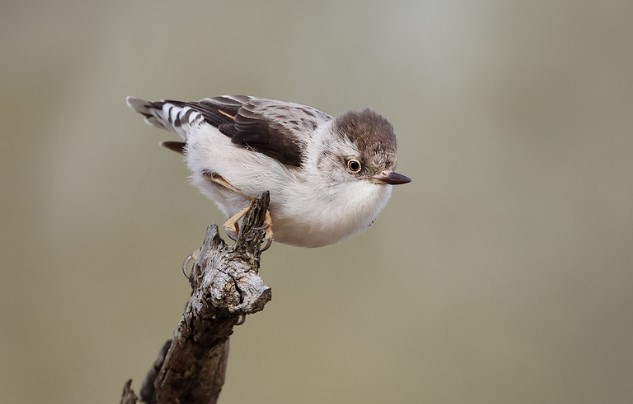Page Contents
Description:
The Trochilidae has many beautiful species of hummingbirds. The Wedge-tailed hillstar (Oreotrochilus adela) is one of them. It is mostly found in South American countries from the Andes of Bolivia to the north-western border of Argentina. This is rare and unique among the hillstars.
Identification:
A rather small, long-billed, colorful hillstar, the male of this species has the typical shining green throat of the genus, and a rich rufous belly with a central black stripe and flanks are deep chestnuts. The female’s throat is white with dark spots, and her underside is lighter orange with no black stripe.

Diet
The species visits a wide range of flowers for nectar and hawks for small flying insects. Hence, their preferred feeding is on flowers of Barnadesia, Loranthaceae, Mutisia, Puya, mistletoes, and columnar cacti.
Nest:
It constructs a substantial and well-lined cup nest that is fixed to a vertical rocky surface. It occurs in heavily populated areas where livestock grazing, planting of non-native species, and deliberate burning damage the native vegetation.
Distribution:
This is sexually dimorphic and found on the mountainsides in southern Bolivia and the north-western border regions of Argentina.
Habitats:
Like other hillstars it shows a range of adaptations to life at high altitudes, including torpor when roosting. They are mainly found in scrubland and light woodland; at an altitude of 8,550–13,100 ft (2,600–4,000 m. This magnificent and distinctive hummingbird is often seen in gullies, desert habitats, Altiplano, and scattered xerophytic cacti and shrubs.
Related Reading: Violet-capped hummingbird (Goldmania violiceps)
Size & Length:
Wedge-tailed hillstar size and length are about 43⁄8–51⁄8 in (11–13 cm).
Weight:
This hummingbird average weight is about 7.5–8.5 g
Status:
Wedge-tailed hillstar has a little global population, hence its categorization as Near Threatened stems from its small population (less than 8,000 individuals) and ongoing decline due to habitat loss (incapable to support its native species) and degradation.







